Objectives of the service

The hustle and bustle of modern society is often intertwined - whether intentionally or unintentionally - with radio-frequency (RF) emissions. Individuals, vehicles, and equipment leave behind electromagnetic “fingerprints” whose analysis, can reveal hidden patterns, unknown behaviours, and illicit activities. RF analytics deals with the extraction of information from these emissions; parameters such as power, frequency, geolocation, and, in occasions, identity of the emitter are derived from RF signals in order to predict behaviours, support decision making, perform diagnosis, and/or understand phenomena. In the framework of RATIO project, two services are proposed.
The maritime service aims at supporting and improving the detection and tracking of dark vessels when EO products and terrestrial sensors are not able to acquire enough information on them. To this scope, RF signals are fused with AIS and available EO data to identify dark vessels possibly involved in illegal activities.
Over land, the project focuses on migration flows tracking application. The proposed service aims at identifying local gathering/recovery intermediate stations used by migrating flows on long routes and integrating migration flows information coming from the detection and analysis of RF-based signals. By considering proper RF-based transmission standards, this information should describe the migration pattern and evolution on the area.
Users and their needs
For the purpose of this study, ESA has established a partnership with EMSA, as reference stakeholder for the definition and the validation of RATIO Maritime Application Service, together with the Italian Coast Guard, engaged by the Consortium.
Within the humanitarian/rule of law domains the project team has identified SatCen as reference stakeholder for the definition and the validation of RATIO Land Application Service. Due to its mandate, SatCen is also interested in the proposed maritime service.
The needs identified by the interviewed stakeholders can be summarised as follows:
Maritime Service
-
Detection, tracking and classification of dark vessels currently not detected by vessel reporting information systems (AIS, LRIT, VMS)
-
Use of standard data protocols
-
Early detection warnings in case of AIS Spoofing
-
Complete and a correct profile of vessels sailing under the area of interest through correlation of RATIO datasets with information stored in the legacy systems owned by reference stakeholders.
Land Service
-
Detection, tracking and insight of signals from RF sources detected over an area of interest.
-
Early detection warnings in case of RF sources pattern variations.
-
RATIO Services shall be enhanced thanks to the provision of ancillary geospatial data.
Service/ system concept
Maritime Service (Preliminary proposed solution)
The proposed technical solution leverages on extended ship databases. Starting from the available database from the market (e.g. IHS Markit Maritime&Trade, Lloyd’s-Informa) containing detailed information about all vessels having a registered IMO code, the RATIO ship database is then extended for storing the information about the RF activities as detected by current RF satellites, and matching the interpolated AIS track. The extended database is then used during satellite ship detection processing from SAR and Optical images and for supporting the ship recognition process in case of dark vessels.

Land Service (Preliminary proposed solution)
The proposed solution enhances the feature detection and/or change/activity detection by SAR and Optical satellite images processing, by integrating pre-existing geospatial information related to the migration phenomena, as well as RF data possibly sensed over the observed area. The innovative aspect of the proposed service is the capability to generate fused products based on both RF-data and satellite imagery with an enhanced information content describing the state and/or dynamics of the migration flow, to be used for security or emergency applications.

Both maritime and land service chains are designed based on a service activation request on a user portal, with demands on the requirements and the RF information need tailored on the specific application. The proposed end-to-end data service block scheme is shown below.

Space Added Value
Most of maritime applications are based on satellite SAR images, being a reliable system (H24 and all-weather condition) for surveillance purposes and allowing a characterization of the targets. However, SAR sensors alone cannot provide all the information especially in case of moving targets or multiple targets in a high traffic density area. For this reason, in recent years the AIS has been embarked on SAR satellites, thus expanding the ability to detect cooperative targets. In case of non-cooperative vessels, the strategy is to apply sensing techniques in synergic way. In this context the RF sensors can provide information on emitters typology and their geolocation. However, there is also the possibility to characterize the received RF signals to extract additional information that can support the identification process.
Similarly, human activities in term of mass migrations and/or people living conditions can be monitored through Earth Observation systems (both optical and SAR). The information derived from satellite image processing is expected to be enhanced thanks to the satellite capability of sensing RF signals coming from mobile phones in remote areas. This multi-source data fusion supports the stakeholders in understanding monitoring the state and/or dynamics of the migration flow.
Current Status
The results from the feasibility study and proof of concept affirm that the integration of multi-source satellite data—specifically EO (including SAR and optical imagery), AIS, and RF—can dramatically improve situational awareness, especially in scenarios where dynamic, dispersed, and sometimes covert activities need to be monitored.
Among the proposed applications, the RATIO maritime service has been selected for possible operational deployment due to its proven effectiveness in improving maritime situational awareness. The growing availability of commercial RF missions, such as Hawkeye360 and Unseenlabs, supports this choice, as they are already capable of detecting RF signals over both land and sea. While land-based services show potential, further research and testing in more complex terrestrial environments are necessary before moving forward with their implementation.




